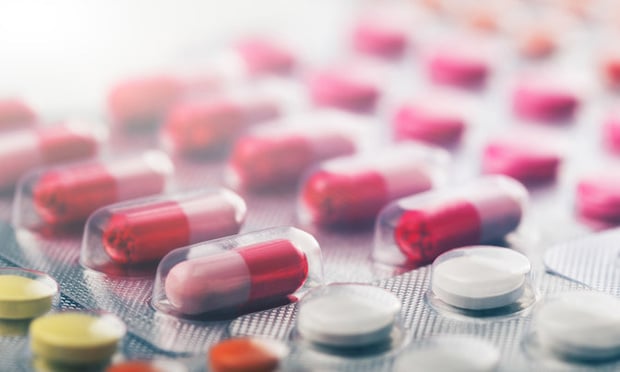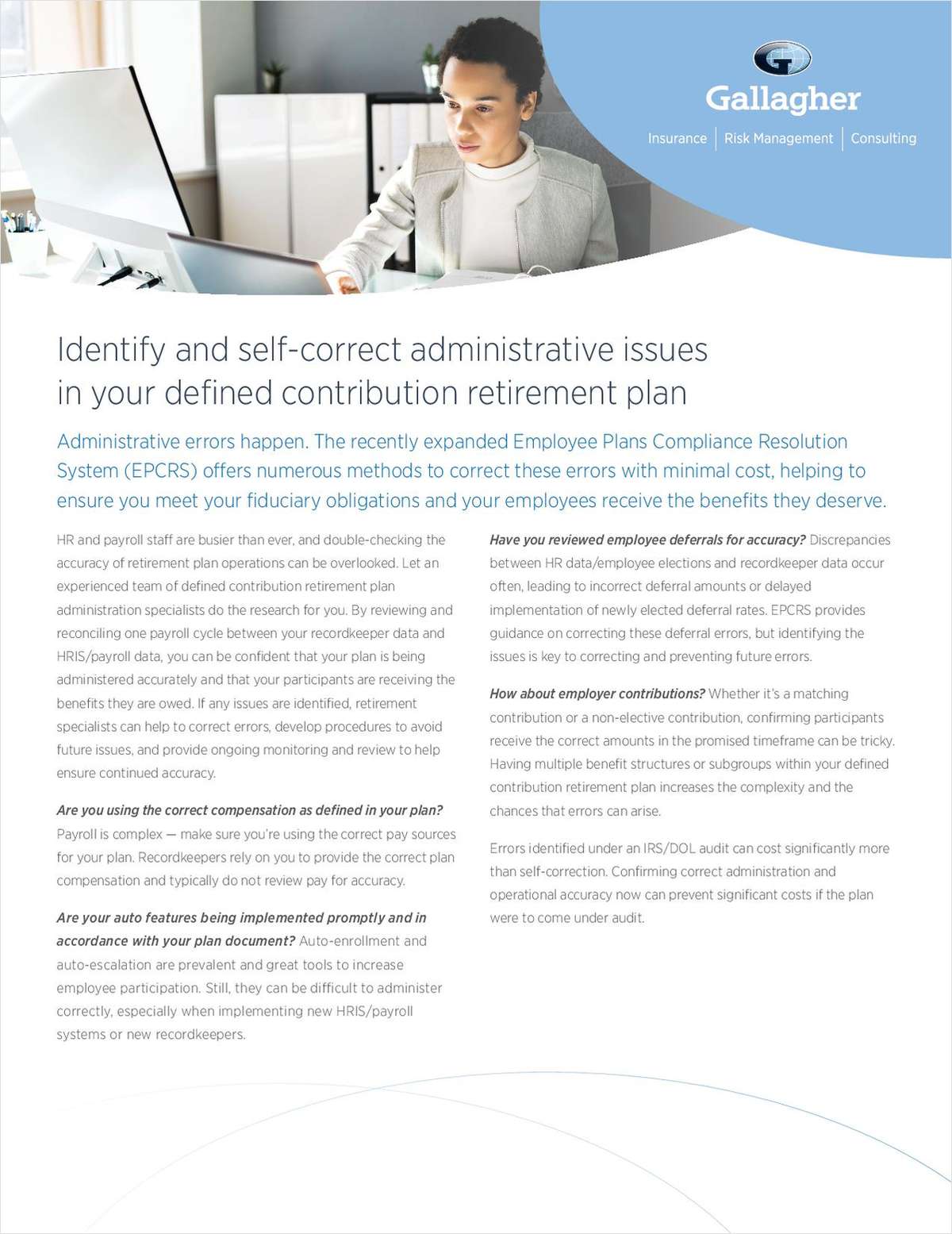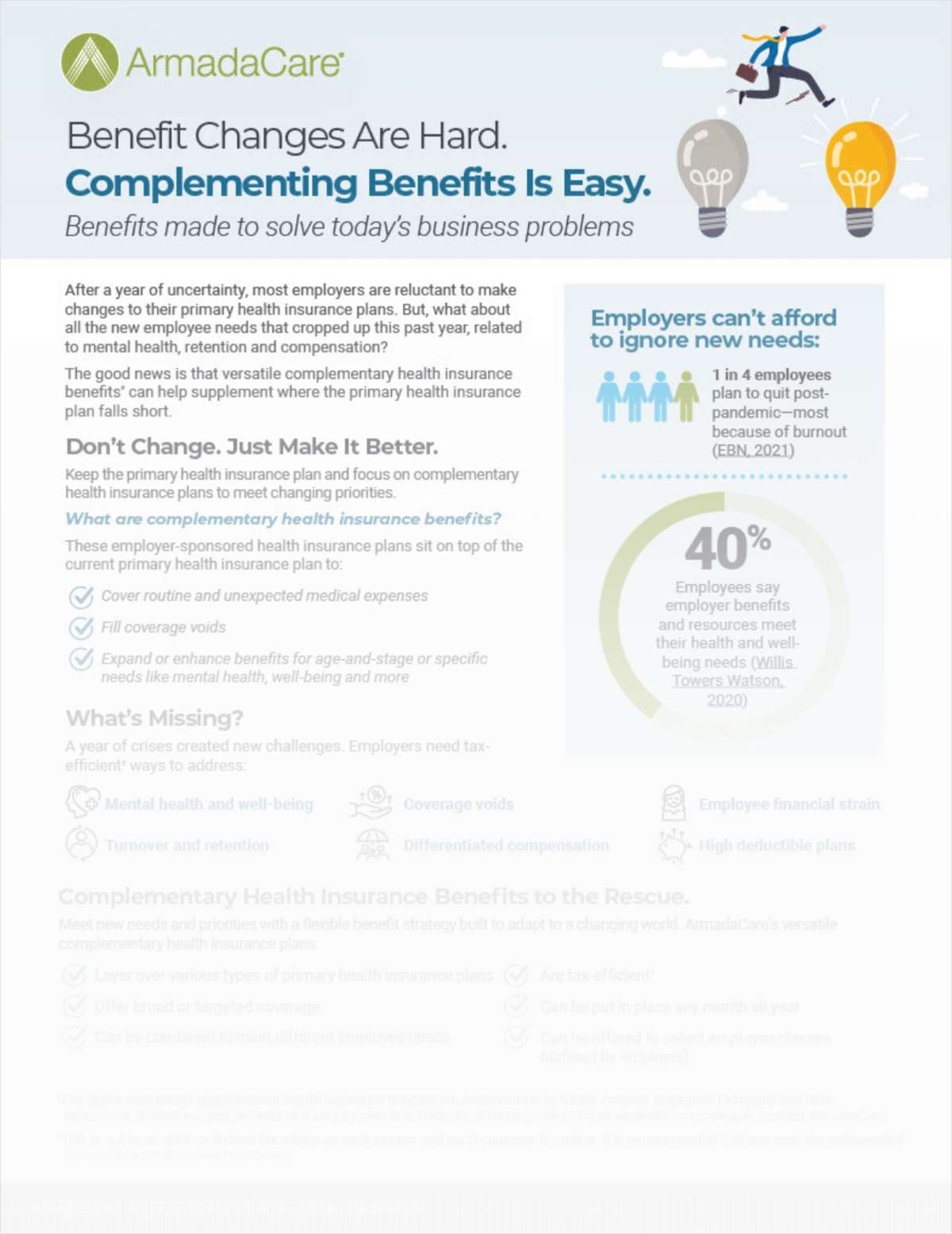U.S. health care spending surged in 2009, driven in part by a sharp increase in Medicaid spending, the H1N1 virus and the government's subsidization of COBRA premiums.
Health care expenditures outpaced GDP growth in 2009, according to new projections from the Centers for Medicare & Medicaid Services (CMS). Health care spending consumed a record 17.3 percent of the U.S. economy. National health care expenditures reached $2.5 trillion, and grew 5.7 percent, up from 4.4 percent in 2008.
CMS expects the health share of U.S. spending increased from 16.2 percent of GDP in 2008 to 17.3 percent in 2009, which would represent the largest one-year increase in history.
By 2019, national health spending is expected to reach $4.5 trillion and comprise 19.3 percent of GDP.
As a growing number of jobless workers lose their private health insurance, private spending is projected to grow at only 2.8 percent for this year.
Over the next 10 years, it's expected public spending will outpace private spending (7 percent versus 5.2 percent, respectively). By 2012, it is estimated the government (i.e. taxpayers) will be responsible for more than half of the nation's total health care expenditures.
Where the money went:
- Spending growth for Medicaid was at 9.9 percent, more than double 2008's rate at 4.7 percent. CMS says it's also counting growth in a variety of health care services as many people sought treatment for the H1N1 virus.
- President Obama's federal subsidy program - and its recent extension - also contributed to an increase in the take-up rate for COBRA coverage.
- Americans were also spending more for private health insurance premiums. At more than $808.7 billion, this represents a 3.3 percent increase. While only slightly above a 3.1 percent increase in 2008, CMS says the steady rate of growth is a result of joblessness offset by an increase in COBRA enrollment.
- Growth in out-of-pocket spending is expected to have slowed from 2.8 percent in 2008 to 2.1 percent in 2009 and have reached $283.5 billion. Americans, feeling the pinch of recession, slowed their spending on services with significant out-of-pocket costs. Between 2009 and 2019, out-of-pocket spending growth is projected to average 4.8 percent.
- Hospital spending growth is expected to have increased 5.9 percent in 2009, up from 4.5 percent in 2008, and reached $760.6 billion.
- Physician and clinical services spending growth is expected to have increased 6.3 percent in 2009, up from 5.0 percent in 2008, and reached $527.6 billion.
- Prescription drug spending growth is expected to have increased 5.2 percent in 2009, up from 3.2 percent in 2008, and reached $246.3 billion. This increase is due in part to higher use of antiviral drugs, as well as faster price growth for brand-name prescription drugs.
Complete your profile to continue reading and get FREE access to BenefitsPRO, part of your ALM digital membership.
Your access to unlimited BenefitsPRO content isn’t changing.
Once you are an ALM digital member, you’ll receive:
- Breaking benefits news and analysis, on-site and via our newsletters and custom alerts
- Educational webcasts, white papers, and ebooks from industry thought leaders
- Critical converage of the property casualty insurance and financial advisory markets on our other ALM sites, PropertyCasualty360 and ThinkAdvisor
Already have an account? Sign In Now
© 2024 ALM Global, LLC, All Rights Reserved. Request academic re-use from www.copyright.com. All other uses, submit a request to [email protected]. For more information visit Asset & Logo Licensing.








